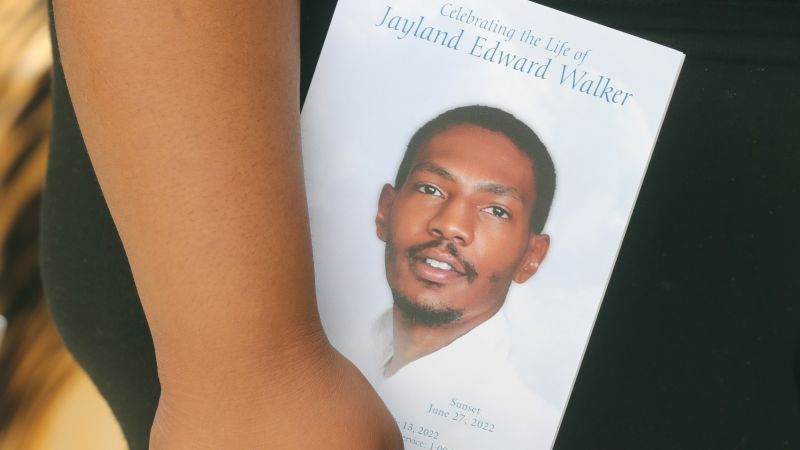At the start of this year, demand for COVID-19 vaccines outpaced supply.
But when the tides turned, states dangled million-dollar lottery drawings for newly vaccinated individuals with hopes of increasing vaccination rates.
Ohio pioneered vaccine-tied lotteries in mid-May with its Vax-a-Million campaign, the state’s five-week-long lottery that enabled Ohioans 18 and older to enter their vaccination records for the chance to win one of five $1 million prizes. Ohio residents ages 12 to 17 could win a free ride to an Ohio state university or college.
One week after Ohio Gov. Mike DeWine, a Republican, announced the lottery the state’s vaccination rate increased by 106%, according to state data. That inspired 18 other states including New York, California and Michigan to offer their own vaccine lotteries.
“None of the state lotteries including Ohio’s led to a notable uptick in vaccination rates.”
— Study in JAMA Health Forum
But none of the state lotteries — including Ohio’s — led to a notable uptick in vaccination rates, a recently published study in JAMA Health Forum, a peer-reviewed medical journal, suggests.
There was “no statistically significant association … between a cash-drawing announcement and the number of vaccinations before or after the announcement date,” the authors of the report from the University of Colorado Denver, San Diego State University, Bentley University, and the University of Oregon, wrote.
They analyzed state vaccination data published by the Johns Hopkins University Vaccine Tracker between April 28 and July 1 specifically focusing on vaccination rates per 1,000 people before 19 states announced lotteries and after compared to states that didn’t offer any lottery-based incentive.
Part of the reason lotteries didn’t result in a big bump in vaccination rates is people simply didn’t think they had a shot at winning and, in turn, may have responded more to a certain reward for getting vaccinated, the authors said.
“Another possibility is that drawings were not an informative vaccine promotional strategy and that more complete messaging on vaccination would have been far more effective,” they added.
Ohio’s governor disagrees with the findings
That said, DeWine stands by Vax-a-Million’s success, his press secretary, Dan Tierney told MarketWatch.
Tierney questioned the researchers’ conclusion that state lottery incentives had no discernible impact on vaccination rates.
“We have data that showed vaccination rates increased from Vax-a-Million,” he said adding that the study “doesn’t make any conclusions about Ohio” since the researchers didn’t use data collected directly from Ohio but rather through Hopkins.
“‘We have data that showed vaccination rates increased from Vax-a-Million.’”
— Dan Tierney, press secretary for Ohio’s Republican Gov. Mike DeWine
(The authors of the report did not immediately respond to a request for comment.)
Tierney responded similarly to a separate study published in July conducted solely on Ohio which suggested that Vax-a-Million led to a “small and transient increase in vaccinations.”
The success of Vax-a-Million led DeWine “to launch Ohio Vax-2-School,” a vaccine-tied lottery with five $100,000 grand prize scholarships and 150 $10,000 scholarships targetted at residents under 25, Tierney said.
In anticipation of the Food and Drug Administration granting emergency-use authorization for the Pfizer-BioNTech
PFE,
+1.69%
BNTX,
+2.50%
vaccine to be administered to 5 to 11-year-olds, DeWine is intentionally waiting to draw winners. The company applied for an EUA on Oct. 7.
“Where Vax-a-Million had a grand-prize only strategy, this promotion has numerous smaller prizes as well in efforts to target individuals who may be motivated by smaller incentives as opposed to grand prizes,” DeWine’s press secretary added.
But while Vax-2-School and Vax-a-Million share similarities, they “should not be compared apples-to-apples in the sure-to-come analysis of the programs.”





